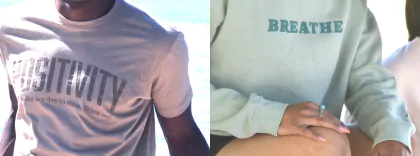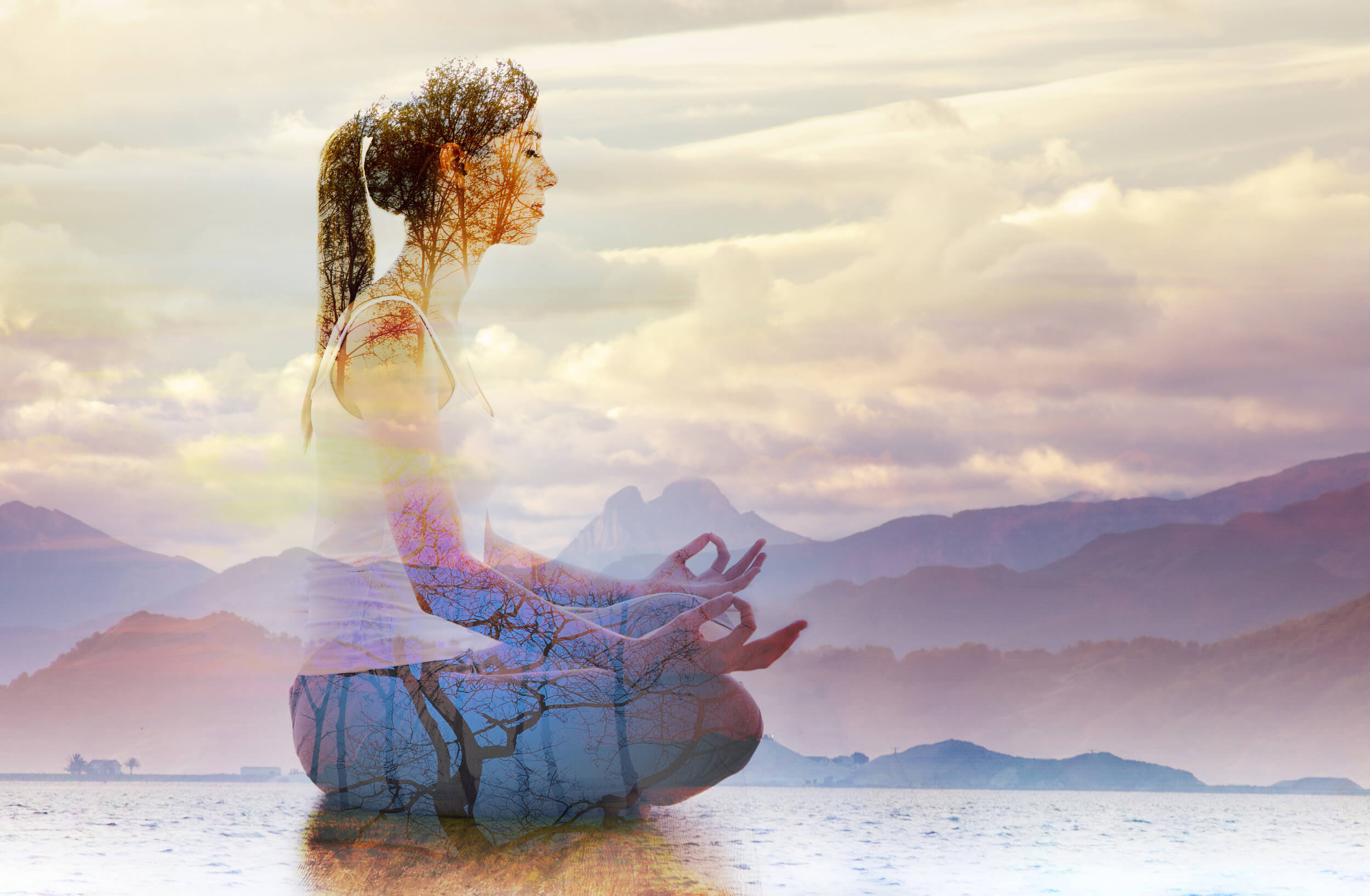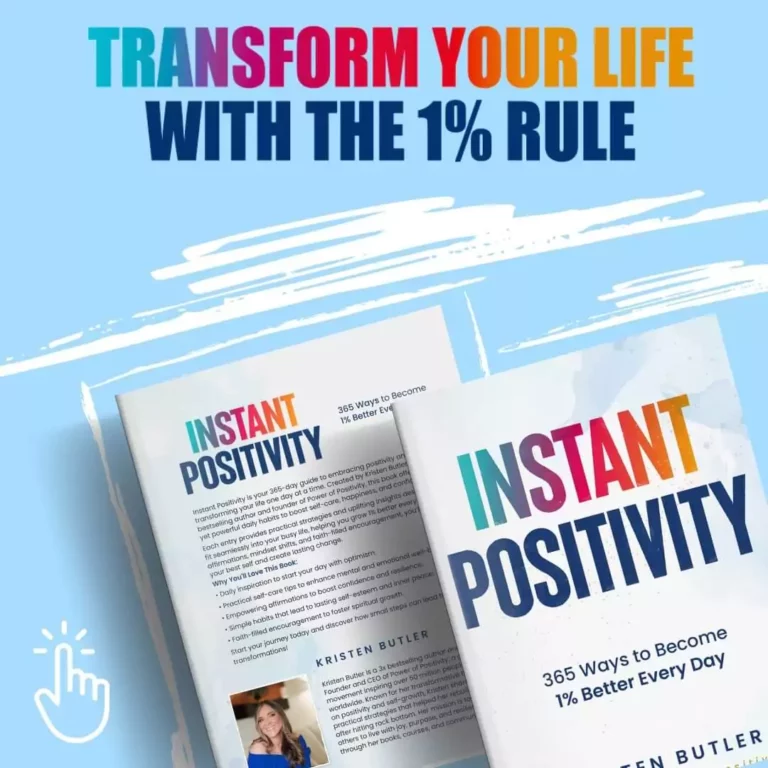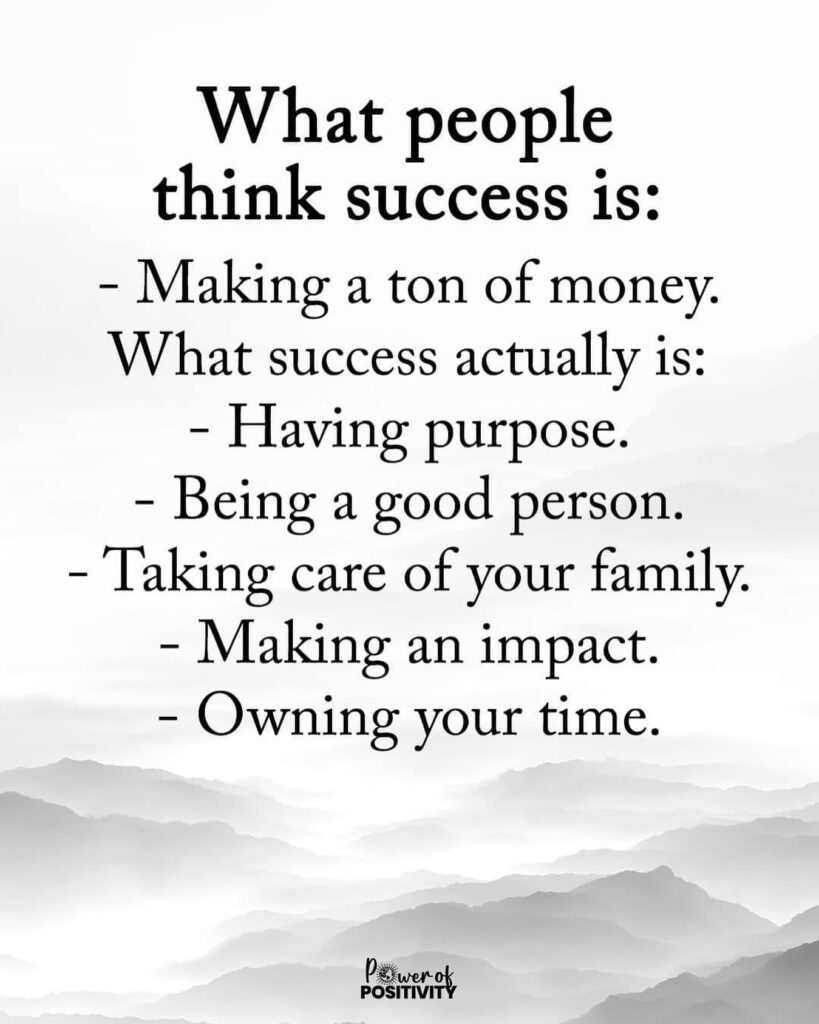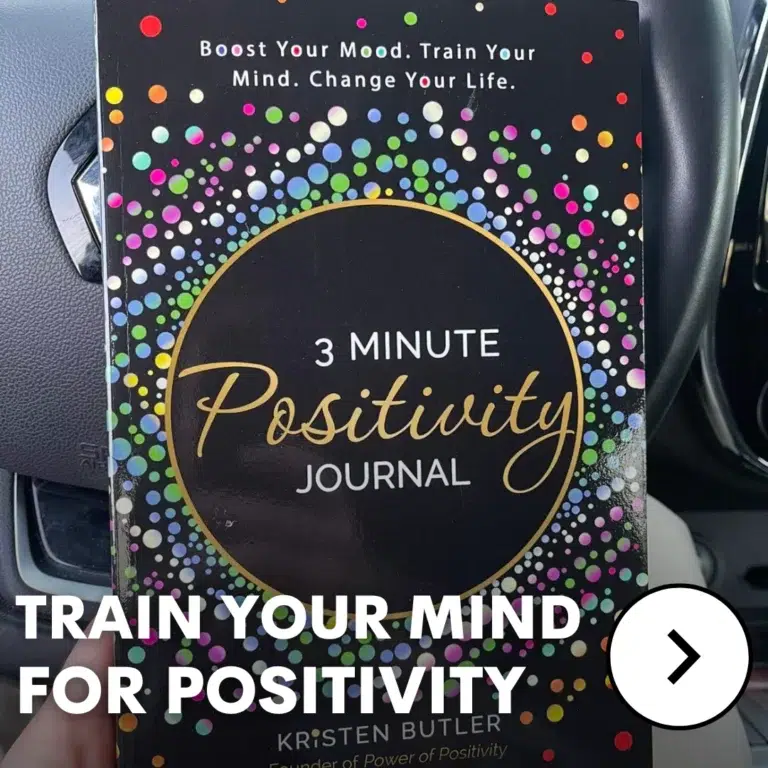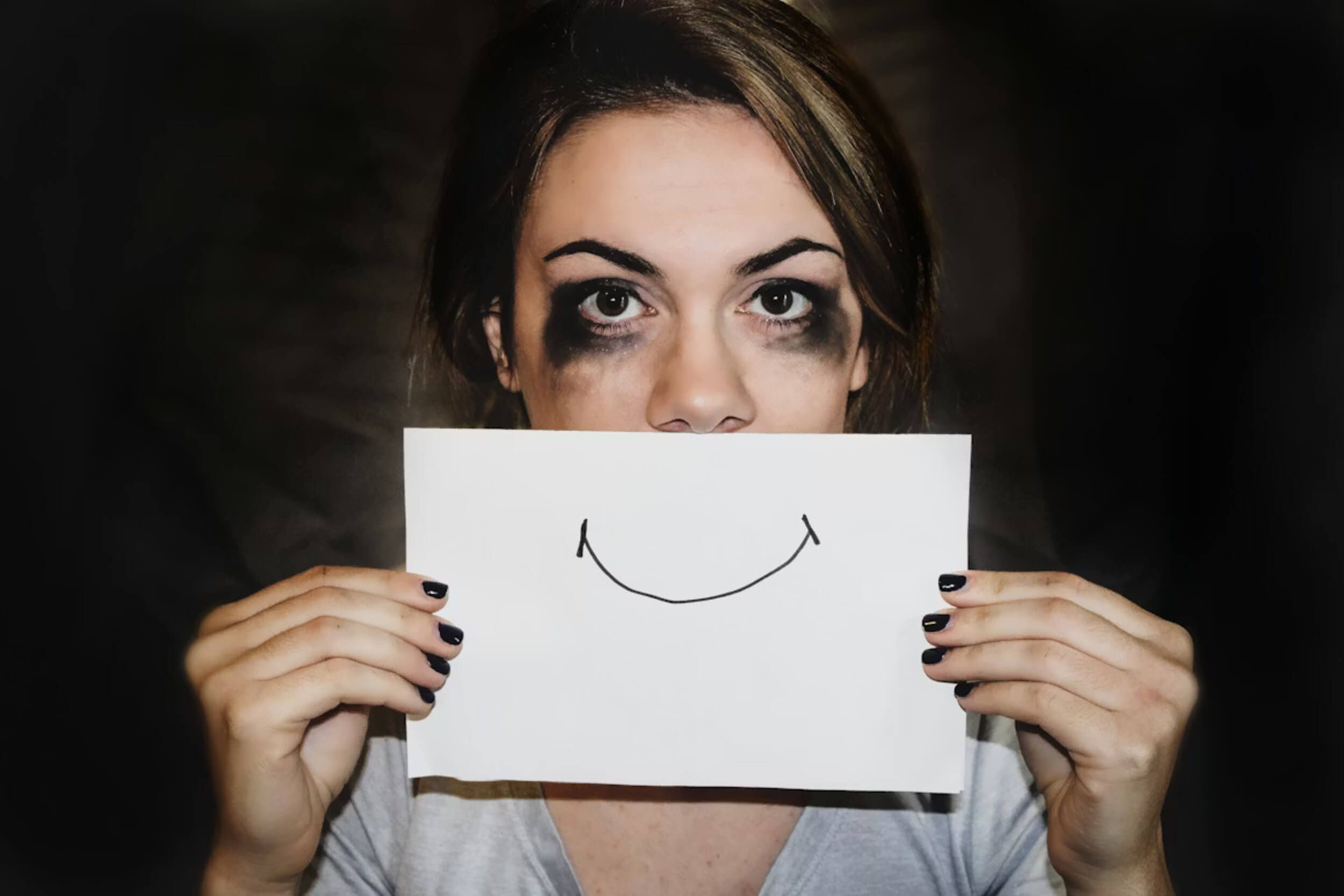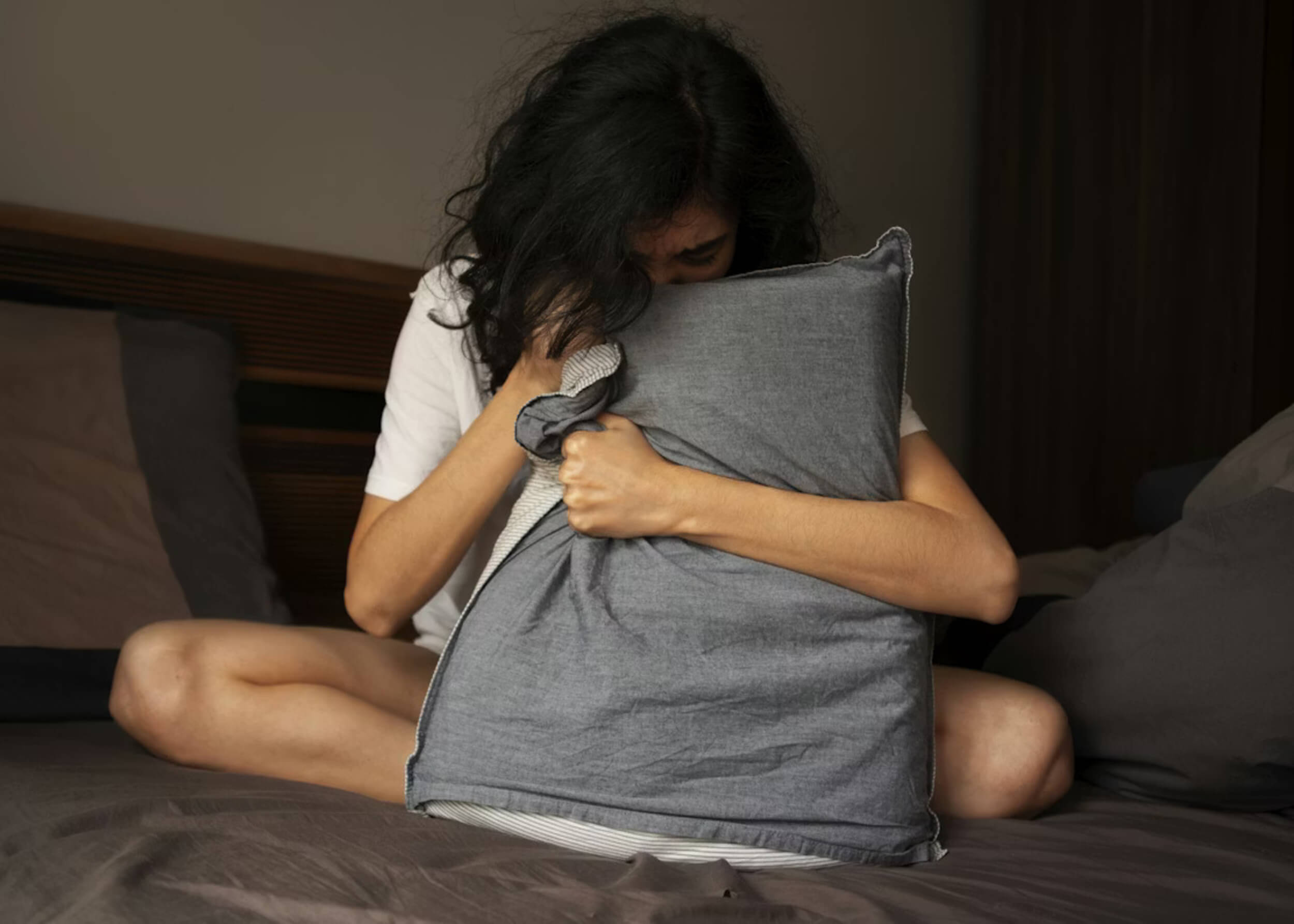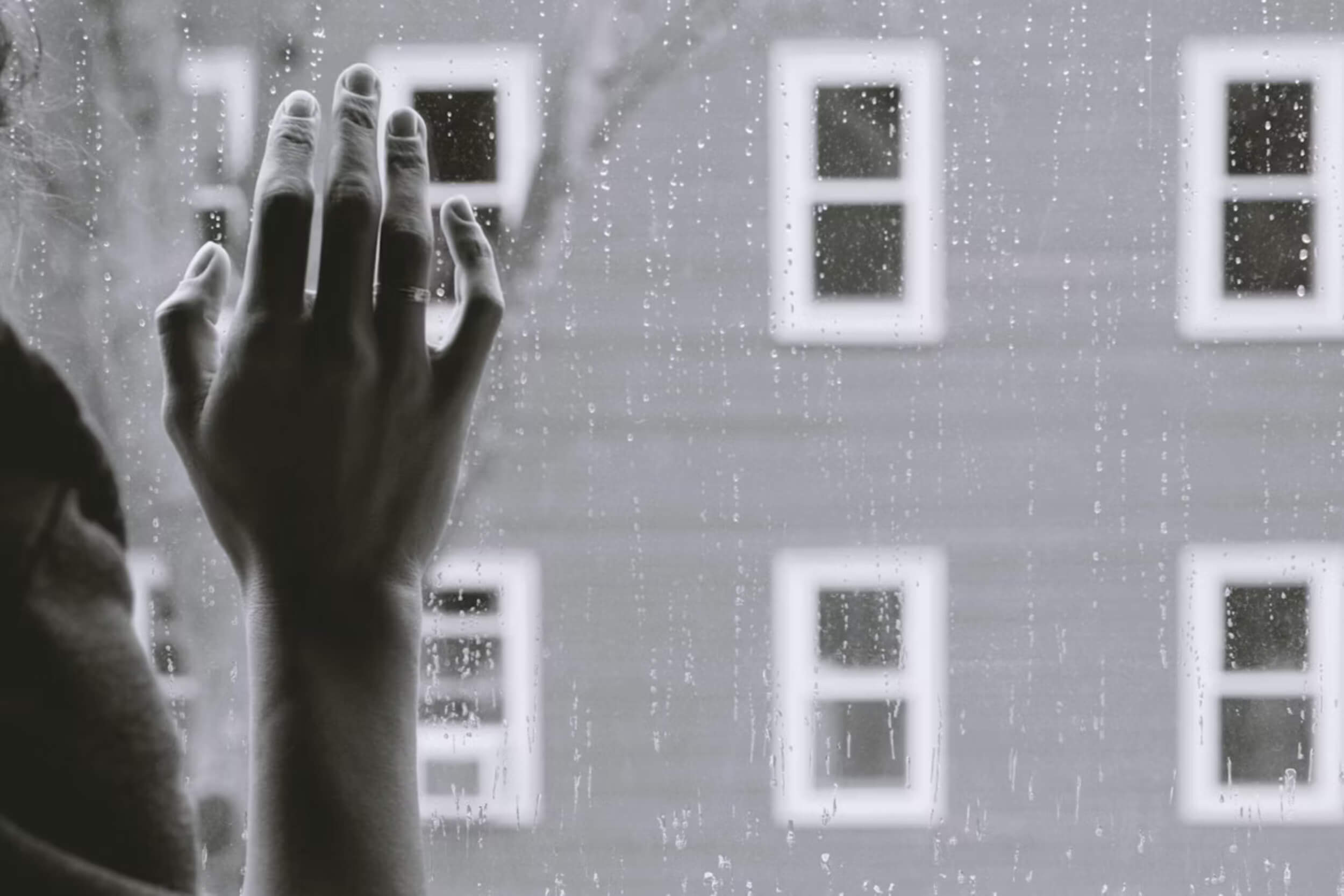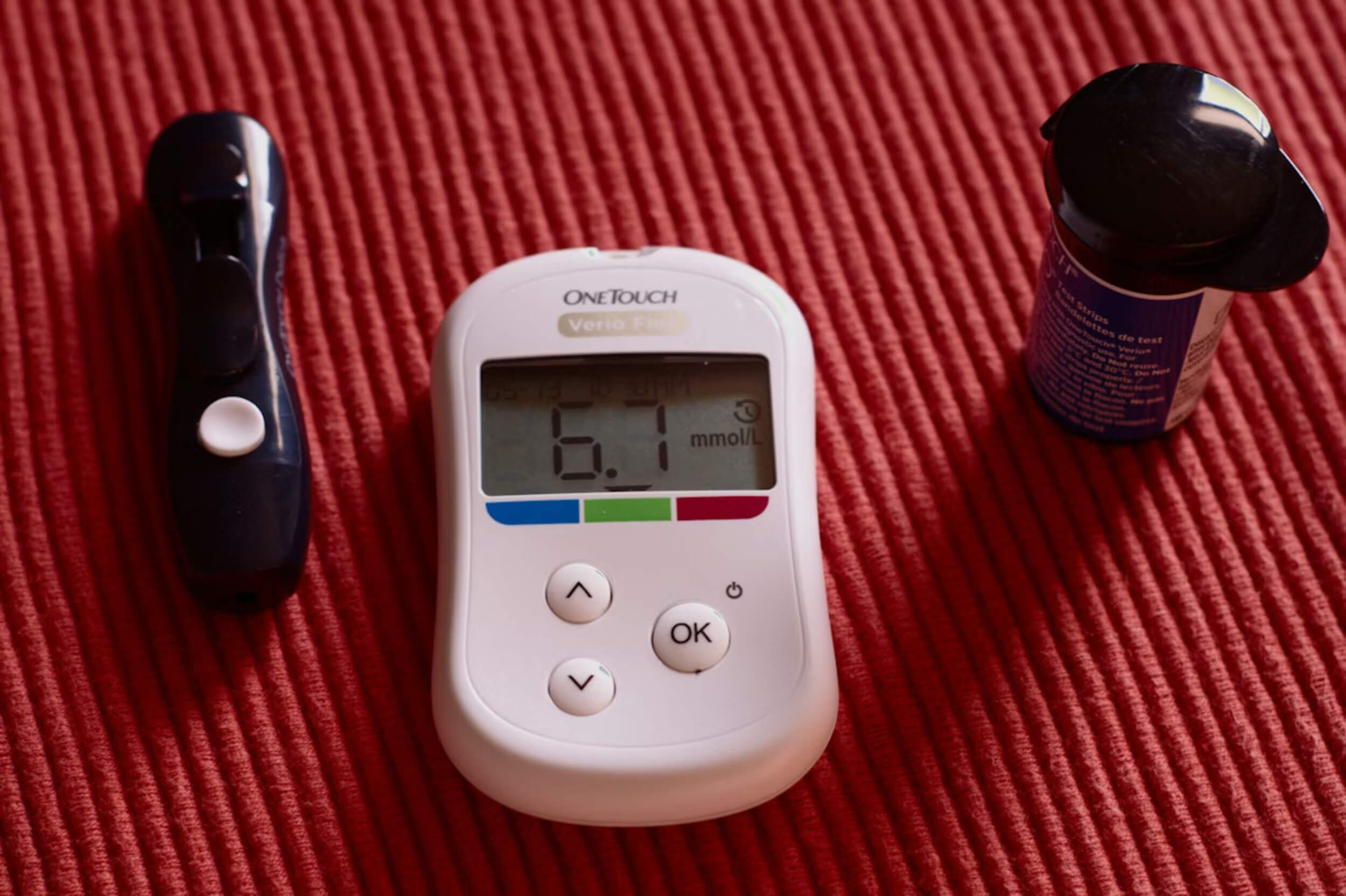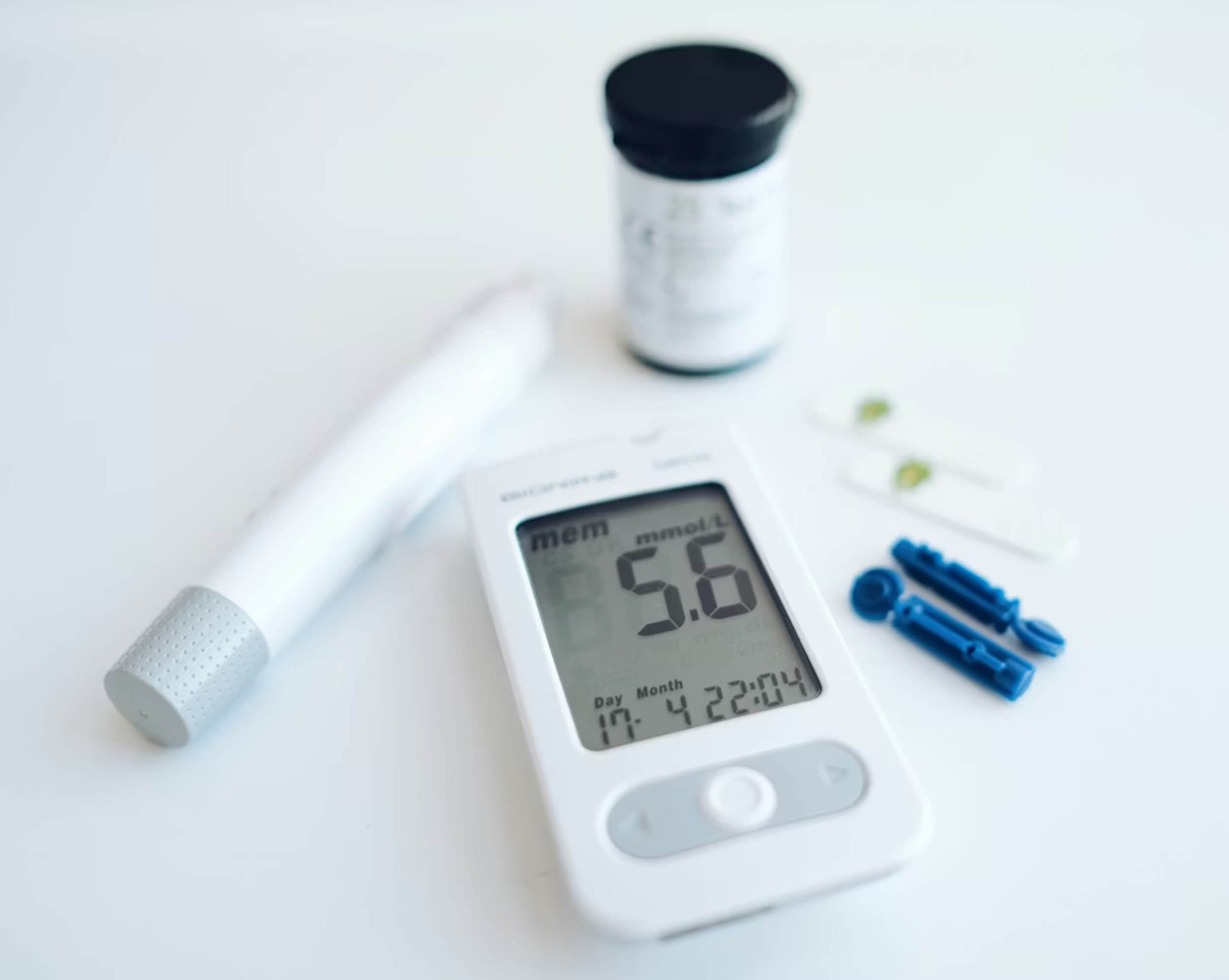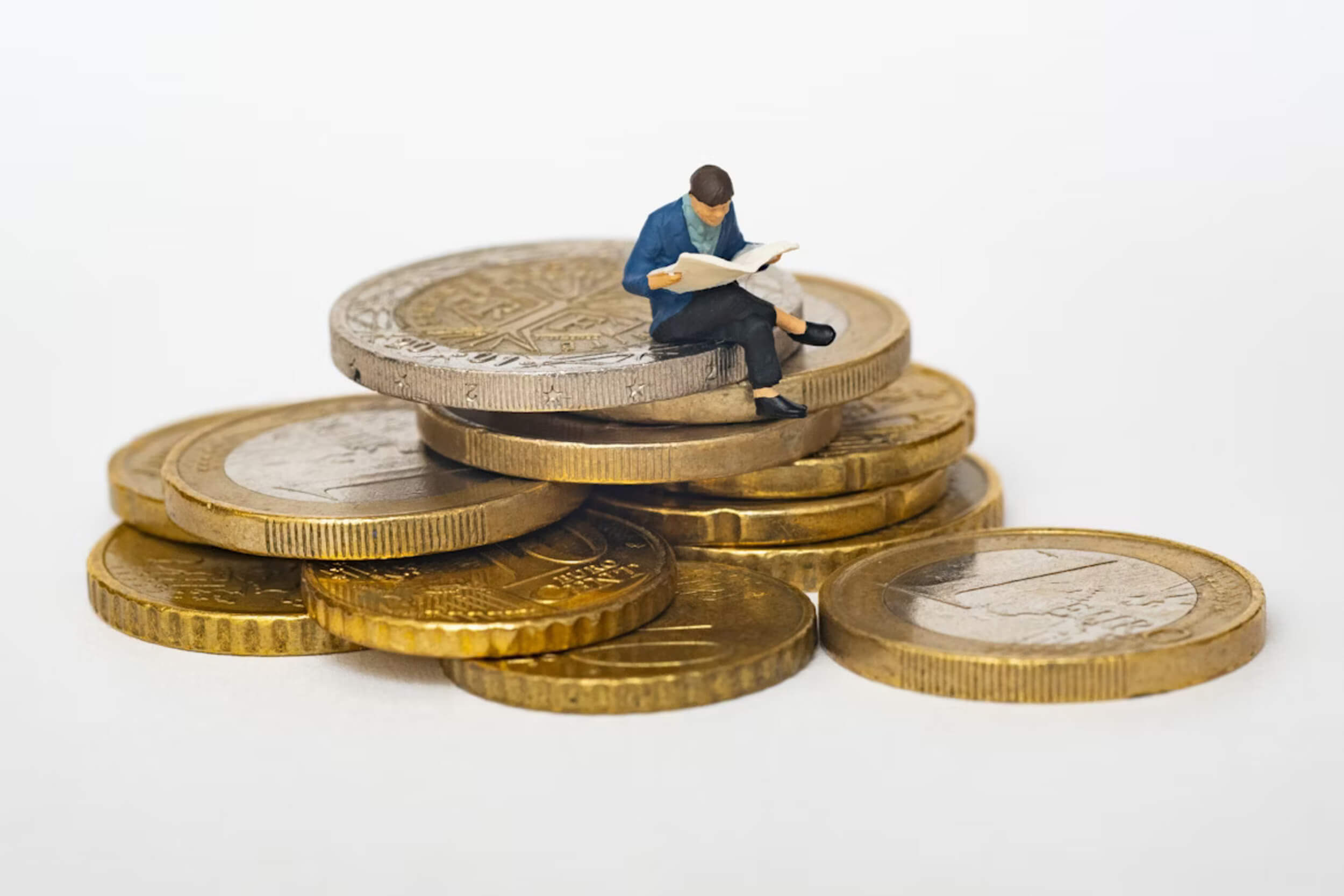Feeling tense, drained, or out of sync can show up in the body in ways we don’t always expect. That’s where energy healing comes in—it’s a practice that helps people feel more steady by working with the body’s natural flow of energy.
Instead of focusing on pills or procedures, energy healing looks at how stress, emotions, or past experiences might be affecting you beneath the surface. It’s not a cure or quick fix, and it doesn’t replace medical treatment.
Practitioners believe that when energy moves freely, the body can relax and support its own healing process. People often turn to it to feel calm, clear, or simply more connected to themselves.
It’s a gentle, supportive tool—not a solution for everything, but something that may help when life feels heavy.
Where It Came From: Ancient Roots and Cultural Origins
Long before energy healing became a wellness trend, it was part of everyday life in ancient cultures. These traditions didn’t need fancy labels—they simply focused on how energy and health were connected.
In Traditional Chinese Medicine, this energy is called qi—believed to flow through the body like a current. In Ayurveda, which started in India over 3,000 years ago, it’s known as prana. Many Indigenous communities also worked with energy through rituals, breathwork, or touch to support healing.
Today’s energy healing may look different, but it still builds on these same ideas. The belief is simple: when energy feels blocked or out of rhythm, the body and mind may not feel their best.
This approach isn’t new. Energy healing has deep roots—and now it continues to grow in modern spaces.
What Energy Healing Is Not (Let’s Clear This Up)
Quick results, magic hands, or miracle fixes? That’s not what energy healing is about. To keep things clear, here’s what it doesn’t do:
- It doesn’t replace real medical care or mental health treatment.
- It doesn’t claim to cure serious illness or act as a medical fix.
- It isn’t licensed or standardized like therapy or medicine.
- It won’t erase problems overnight.
Think of energy healing as a supportive practice—not the main treatment. People use it with medical help, not instead of it.
When you read bold promises online, be cautious. A good practitioner won’t promise the impossible. Energy healing is gentle, calming, and can be helpful—but it stays grounded in care, not hype.
How Energy Healing Actually Works (According to Practitioners)
Different practitioners may have different styles, but the core idea stays the same: the body holds energy, and that energy can get blocked, heavy, or out of sync.
Here’s how they often describe the process:
- Everyone has an “energy field” that reflects their body, mood, and stress levels.
- When life feels hard—whether emotionally or physically—that energy can feel stuck.
- A session helps shift that stuck energy using tools like:
- Light touch or hovering hands
- Movement or breath exercises
- Sound, crystals, or gentle pressure
This isn’t based on hard science, but on years of personal and cultural experience. Practitioners believe that when your energy starts flowing again, your body can relax, and healing feels possible.
Energy healing may not follow a medical chart, but many say it helps them feel lighter, calmer, and more connected.
A Closer Look at 7 Common Types of Energy Healing
People often hear the term energy healing but don’t realize how many forms it actually takes.
Here are some of the best-known energy healing practices, each with their own method and cultural background.
Reiki
Hands are the main tool in Reiki. This Japanese practice involves gently placing or hovering hands over the body to shift energy. There’s no pressure, no massage—just calm, steady presence.
Hospitals and wellness centers now use Reiki to help people feel more relaxed before or after medical treatments. It’s often described as warm or comforting.
Practitioners believe Reiki helps energy flow better, especially when life feels overwhelming.
Qigong
Movements in Qigong are slow and thoughtful—almost like a moving meditation.
This ancient Chinese practice combines deep breathing, gentle movement, and focused attention. It’s used to build energy, clear the mind, and support balance in the body.
People often use Qigong to manage stress, improve flexibility, or just reconnect with their breath.
Unlike other forms of energy healing that involve touch, Qigong is something people can do on their own—standing, sitting, or even lying down.
Reflexology
Feet carry more than just your weight—they’re also the focus of reflexology.
In this practice, gentle pressure is applied to certain points on the feet (and sometimes the hands). Each point connects to a different part of the body.
Practitioners believe this pressure can help with energy flow and overall wellness. Some say it helps with headaches, tension, or digestion.
Sessions usually feel like a firm, focused foot massage, but it’s more than just relaxation—it’s a form of energy healing based on deep traditions.
Healing Touch
Nurses helped develop Healing Touch in clinical settings, making it one of the few forms of energy healing found in hospitals.
It involves moving hands slowly over the body, sometimes with light contact, sometimes without. The goal is to balance the body’s energy and reduce stress.
People often report feeling calm or lighter after a session. It’s also used to support recovery after surgery or illness.
This method stands out for blending well with modern healthcare, while still offering something gentle and deeply personal.
Acupuncture
Tiny needles might sound scary, but acupuncture is one of the most researched forms of energy healing.
It’s part of Traditional Chinese Medicine and uses fine needles placed at specific points on the body to help energy (qi) move freely.
Some people use it for chronic pain, migraines, or stress. The needles aren’t painful, and many feel relaxed during the session.
Though it’s often discussed alongside other energy healing types, acupuncture has stronger scientific backing and is used in both Eastern and Western clinics.
Sound Healing
Sounds can do more than entertain—they can also help shift how the body feels.
Sound healing uses vibrations from tools like singing bowls, tuning forks, or even the human voice to support relaxation and balance.
During a session, the tones may be soft, steady, and deeply calming. Some say they feel a physical response to certain sounds, like tension melting away.
It’s a gentle practice, often done while lying down with eyes closed.
Crystal Healing
Each crystal is thought to carry its own kind of energy. In crystal healing, specific stones are placed near or on the body.
Practitioners believe these stones can absorb heavy energy or bring in a clearer, lighter feel.
Different crystals are used for different reasons—some to feel calm, others to feel focused. Whether placed on the chest or held in the hand, they’re often used during meditation or quiet rest.
It’s a simple yet personal form of energy healing, especially for those who connect with touch and intention.
What the Science Says (and What It Doesn’t)
Research around energy healing is still in early stages. While some studies show promise, scientists haven’t reached a clear agreement yet.
Small studies suggest it might help with:
- Pain relief
- Mood improvement
- Stress and anxiety management
But many of these studies are:
- Too small to be reliable
- Missing long-term data
- Hard to repeat with consistent results
That doesn’t mean it doesn’t work—it just means we don’t have solid proof yet. The lack of strong evidence matters, especially in medical settings.
So far, most research focuses on how energy healing affects relaxation, not curing disease. It’s often studied for how it makes people feel rather than what it physically changes.
Many say it helps. Science just hasn’t caught up fully yet—and that’s something to be honest about.
The Real Benefits People Report
Even without hard science, energy healing continues to grow because of how people say it makes them feel.
Common benefits include:
- A deep sense of calm
- Less stress in the body
- Feeling emotionally supported
- A stronger connection to how the body feels
- A chance to slow down and reset
These effects aren’t always easy to measure, but they still matter.
Emotional and spiritual shifts are just as real for many as physical ones. Even if doctors can’t track it on a chart, people often leave sessions feeling lighter, clearer, or more at ease.
Who Might Try It—And Why It Matters to Some People
Not everyone turns to energy healing for the same reason—but many do it when they feel stuck or stretched thin.
It’s often helpful for people who:
- Live with chronic pain or illness
- Struggle with anxiety or stress
- Are healing from trauma or grief
- Want support before or after surgery
Caregivers and cancer patients sometimes turn to it to feel comforted and grounded.
For others, it fills a space that medical care alone can’t. When emotions feel heavy or the mind won’t rest, this gentle practice may offer a quiet kind of support that’s hard to find elsewhere.
What a Typical Session Might Look Like
First visits usually start with a short chat. The practitioner may ask:
- What’s been bothering you lately?
- Are you feeling stressed, tired, or off balance?
- Do you have any goals for the session?
Then you’ll lie on a massage table, fully clothed. The practitioner may gently touch or hover their hands above certain areas.
You might feel:
- Warmth or tingling
- A wave of emotion
- A sense of stillness or deep rest
Afterward, it’s common to drink water, rest, or take things slow. Energy healing sessions tend to feel peaceful, quiet, and low-pressure—no rush, no judgment.
Things to Keep in Mind Before Trying It
Before you book a session, it helps to be clear on what to expect.
- Ask about the practitioner’s training or background.
- Look for referrals, reviews, or recommendations.
- Avoid anyone who promises to “cure” disease.
Good questions to ask:
- How long have you been doing this?
- What kind of sessions do you offer?
- How much does it cost?
Final Thoughts on What Energy Healing Really Is
Healing doesn’t always look like a prescription or a medical scan. Sometimes, it starts with stillness, intention, and a sense of being cared for.
Energy healing isn’t meant to solve everything—but many people say it helps them feel more at ease, especially during hard times.
Rooted in traditions that go back hundreds of years, it offers a quiet path to emotional peace, even when science doesn’t fully explain it yet.
If you’re thinking about trying it, go into it with care. Ask questions. Stay grounded. And trust what feels helpful for you.
For those who feel disconnected or overwhelmed, energy healing might be the gentle support they’ve been looking for—one that works alongside their own healing journey.
